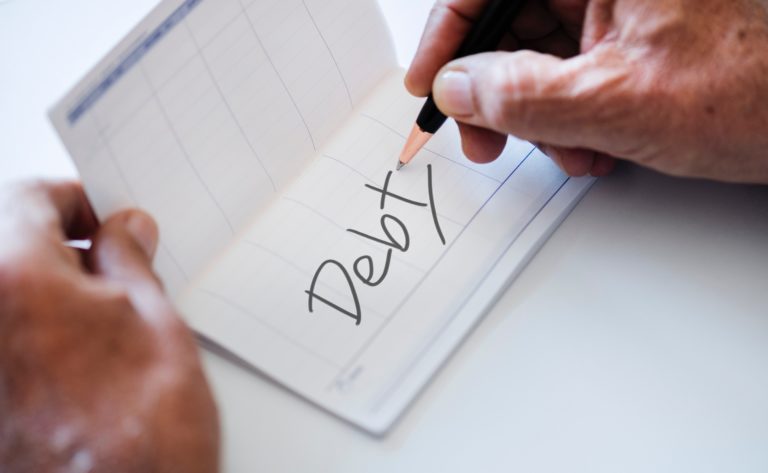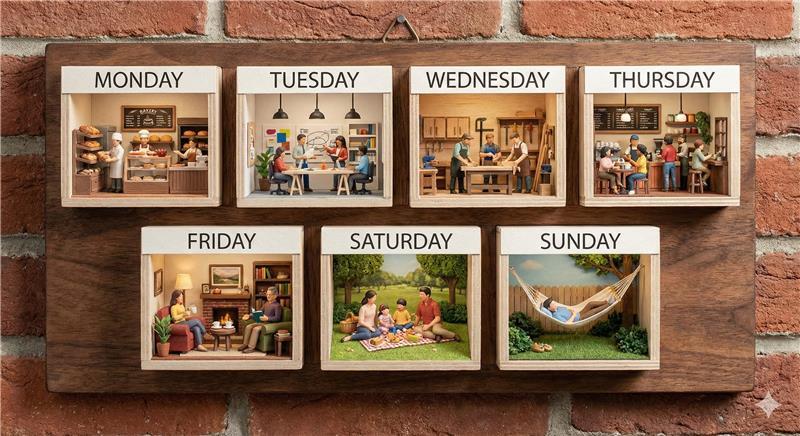How to Know If a Four-Day Workweek Is Right for Your Business
The four-day workweek has become one of the most talked-about workplace shifts of the last decade. Large corporations are experimenting with it....
2 min read
.png) Heather Palermo
· June 14, 2019
Heather Palermo
· June 14, 2019

Putting away money for a rainy day and spending within your means makes great sense. Any financial planner, child of the Great Depression, your parents and your accountant will tell you this. Unfortunately, only 44% of American households have more emergency savings than credit card debt, and 29% have more credit card debt than emergency savings. Both of these percentages are the worst this country has seen in years. Additionally, 18% of households have no emergency savings! This is a 50% increase in the last year alone.
With unemployment at rock-bottom rates, and wages modestly rising, consumers should take advantage of these trends by paying off high cost credit card debt and adding to emergency savings. Unfortunately, it looks like Americans are moving in the wrong direction.
There has been a big deterioration in American households’ emergency savings relative to credit card debt on a year-over-year basis, and this deterioration extends across both genders; all age, education, and income brackets.
Forty-one percent of Americans are focused on paying down debt, just a slight change from last year. However, there was a notable decline in those focused on boosting emergency savings, from 53% to 43%. This is potentially a big mistake with concerns about an economic slowdown or recession on the rise. A bigger savings cushion can help ride out a period of economic difficulty.
It comes as no surprise higher income households and those headed by college graduates are 2-3 times more likely to have more emergency savings than credit card debt, versus the other way around. On the other hand, middle income and lower income households are more evenly split. In fact, both lower-middle income and upper-middle income households are slightly more likely to say their credit card debt exceeds their emergency savings.
Credit card rates and savings account rates have both been rising, making it all the more important to increase savings, put away high-interest credit cards and pay down expensive credit card debt. To start paying down that debt, consumers should transfer high interest credit card balances to 0% balance transfer cards. Remember, transferring debt to such credit cards is a temporary fix. You still have to pay off that debt. You must come up with a realistic plan for paying off the amount owed during the interest-free period, or as soon as possible once interest begins accumulating again.
Other ways to increase savings and reduce debt:
Be prepared! In case of an emergency, don’t be left scrambling. Contact us and we can talk through some savings strategies to help point you in the right direction!

The four-day workweek has become one of the most talked-about workplace shifts of the last decade. Large corporations are experimenting with it....

We've all seen the headlines. Another major company announces that everyone needs to be back at their desk. No exceptions. And if you're running a...

If you work with a payroll provider for your small business, payroll typically runs on a set schedule with very little day-to-day involvement from...